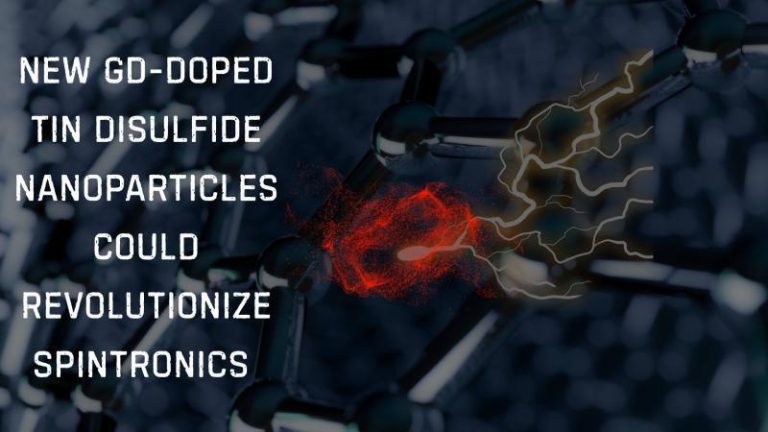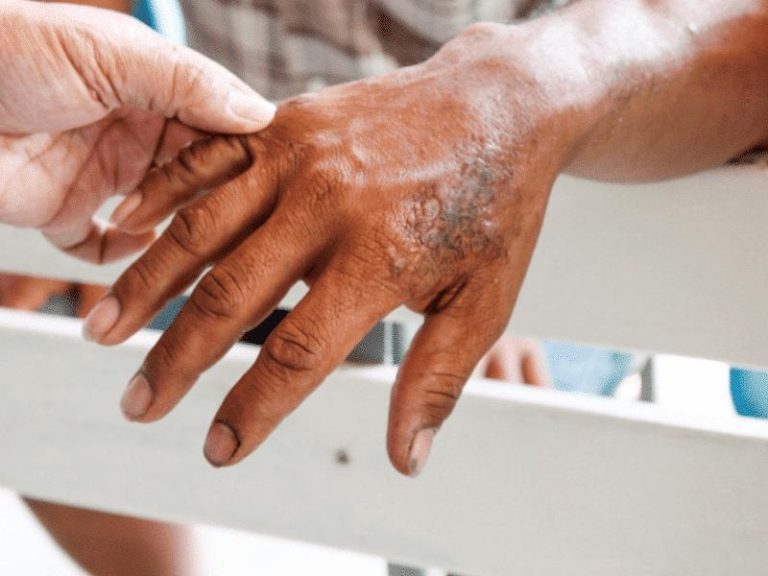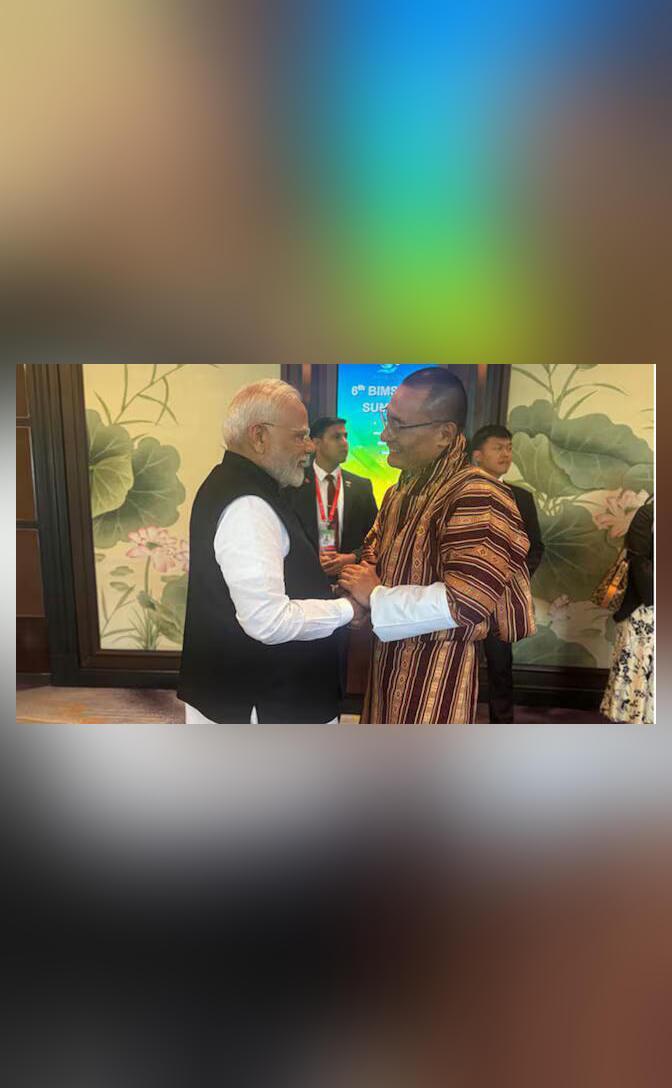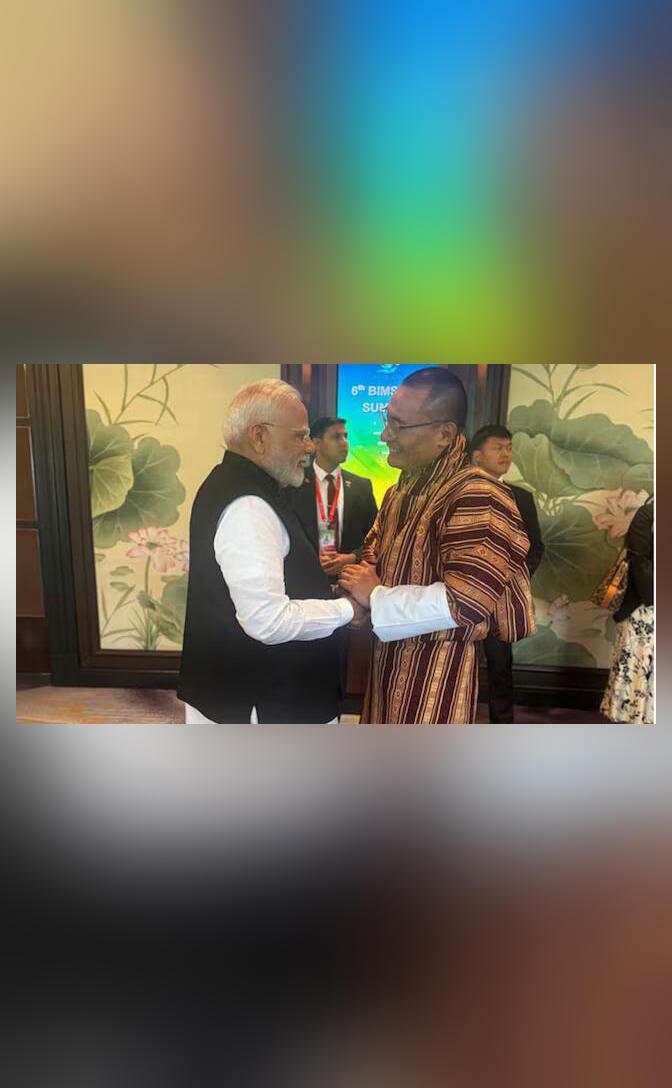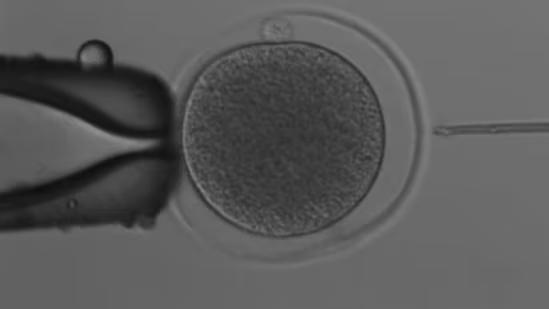
World’s first kangaroo embryos created via IVF
In a groundbreaking achievement, Australian researchers have successfully created the first-ever kangaroo embryos using in vitro fertilisation (IVF). This revolutionary breakthrough has the potential to improve the conservation of endangered kangaroo species and provide new insights into the biology of these iconic Australian animals.
According to a report by The Guardian, the team of scientists from the University of Queensland employed a technique called intracytoplasmic sperm injection (ICSI) to create the kangaroo embryos. ICSI involves injecting a single sperm cell into a mature egg, a process that is commonly used in human IVF treatments.
The sperm and egg cells used in the experiment were collected from kangaroos that had recently died in wildlife hospitals. The researchers isolated the sperm and egg cells from the deceased kangaroos and then used them to create the embryos.
The creation of kangaroo embryos via IVF is a significant achievement for several reasons. Firstly, it provides a new avenue for the conservation of endangered kangaroo species. By creating embryos in a laboratory setting, scientists can select for desirable traits and reduce the risk of genetic disorders. This approach can also help to increase the genetic diversity of kangaroo populations, which is critical for their long-term survival.
Secondly, the creation of kangaroo embryos via IVF provides a unique opportunity to study the biology of these animals at the embryonic stage. Kangaroos are fascinating creatures that have evolved unique adaptations to their environment, such as their distinctive hopping gait and pouch-based reproduction. By studying the embryos of kangaroos, scientists can gain a deeper understanding of these adaptations and how they impact the development of the young.
The lead researcher on the project, Dr. Rebecca Robinson, a reproductive biologist at the University of Queensland, expressed her excitement about the achievement. “This is a significant milestone for our research team and a testament to the power of collaboration between scientists and conservationists,” she said. “We are eager to continue our research and explore the potential applications of IVF for kangaroo conservation.”
The creation of kangaroo embryos via IVF also raises interesting questions about the potential for assisted reproduction in wildlife conservation. While IVF has been successfully used in humans for decades, its application in wildlife conservation is still in its infancy. However, as the technology continues to evolve, it is likely that we will see more innovative applications of IVF in the conservation of endangered species.
In addition to its conservation implications, the creation of kangaroo embryos via IVF also has implications for our understanding of the biology of these animals. Kangaroos are unique in their reproductive biology, with females giving birth to underdeveloped young that then continue to develop inside their mother’s pouch. By studying the embryos of kangaroos, scientists can gain a deeper understanding of this process and how it impacts the development of the young.
The researchers plan to continue their research and explore the potential applications of IVF for kangaroo conservation. They hope to use the technology to create more embryos and eventually transfer them to surrogate mothers, which would allow them to study the development of the young and assess the viability of the embryos.
In conclusion, the creation of kangaroo embryos via IVF is a groundbreaking achievement that has significant implications for the conservation of endangered kangaroo species. The technology has the potential to improve the genetic diversity of kangaroo populations, reduce the risk of genetic disorders, and provide new insights into the biology of these iconic Australian animals. As the research continues to evolve, we can expect to see even more innovative applications of IVF in the conservation of endangered species.

